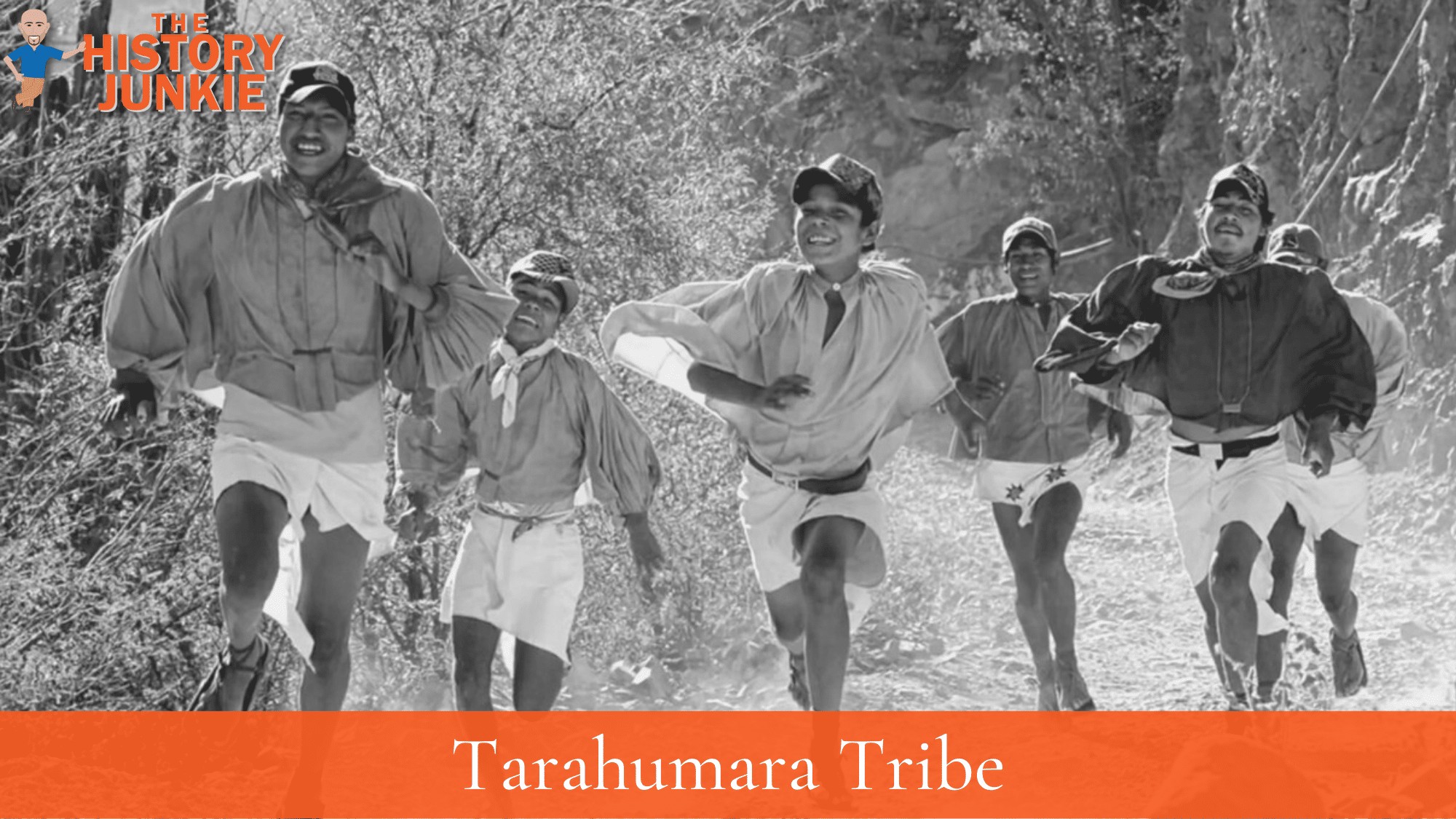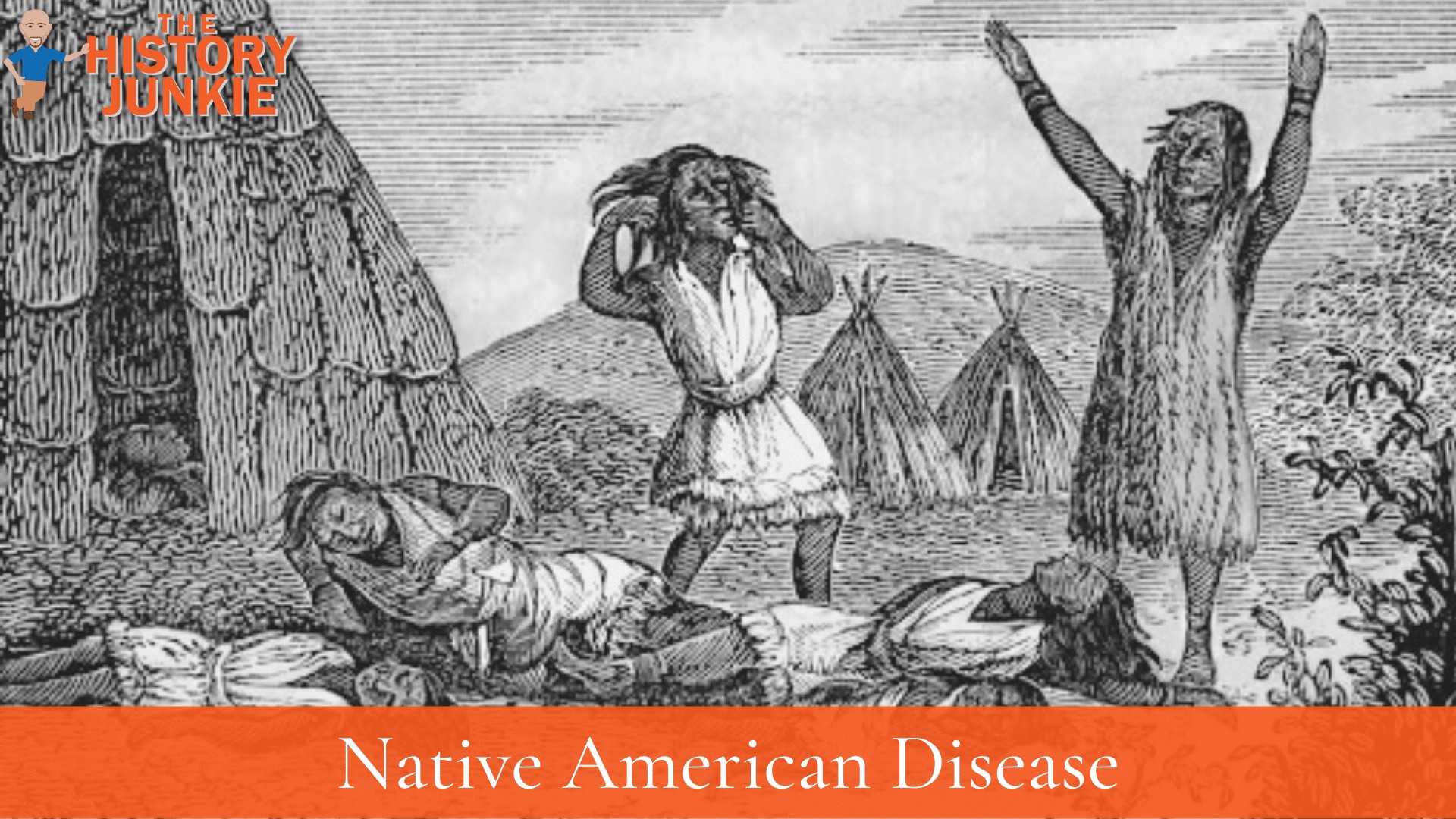
Jump to:
#1. The Tarahumara Tribe Is Known for Its Long Distance Runners
The Tarahumara Tribe, a Southwest Indian Tribe, has a unique trait: they are known for their long-distance runners. Native American warriors have always been known for their athleticism, but the Tarahumara tribe holds the distinction of the long-distance runner.
Their long-distance running tradition also has ceremonial and competitive aspects. Often, men kick wooden balls as they run in "foot-throwing" competitions, and women use a stick and hoop.
The foot-throwing races are relays where the balls are kicked by the runners and relayed to the next runner while teammates run ahead to the next relay point. These races can last anywhere from a few hours to a few days without a break.
Tarahumara hunters also use what is known as persistence hunting. They will run down deer and wild turkeys in short bursts of running, which causes the animals to run away and expend energy.
This especially works well against wild turkeys, where they would wear out the wild turkey to the point it could not fly and would capture and kill it.
#2. They Resisted The Spanish

The Spanish Conquistadors were able to wipe out the Aztec Empire and the Inca Empire. To accomplish this feat, they used native American allies that had issues with the empires.
As time continued forward, most of the natives that resisted eventually were defeated by the Spanish. There were some exceptions, and one of them was the Tarahumara tribe.
In 1648, the Tarahumara waged war against the Spanish. They gathered at Fariagic and then destroyed the mission of San Francisco de Borja.
Two of the leaders of this attack were captured by the Spanish and executed. Shortly afterward, the Spanish established Villa de Aguilar in the heart of the upper Tarahumara country.
This resulted in the Tarahumara splitting into two groups, lower and upper.
The lower missions moved into Catholicism while the upper Tarahumara maintained their tribal identity.
The upper Tarahumara was led by Tepóraca, who led the tribe in attacks that would drive out the Jesuit missionaries and the settlers. By 1690, Tepóraca was executed by the Spanish, and within a decade, the Tarahumara were defeated by the Spanish.
They were able to retain some autonomy, and by the 19th century, most missions had been closed.
#3. They Fell Victim To European Disease

The Tarahumara, like all Native Americans, were victims of diseases that the Europeans did not know they were carrying. They lost much of their population when smallpox, typhoid, and other diseases ravaged their ranks.
Smallpox was the primary disease that many natives fell victim to.
The Tarahumara were able to continue despite their population loss. Many tribes lost 70-80% of their population due to disease and were forced to merge with other tribes.
The population rebounded, and in 2006, it was reported that 50,000 - 70,000 people identified with the tribe.
#4. Music is an Important Part of Their Culture

The Tarahumara tribe loves music, and it is integrated throughout their life.
During the end of the year, the Tarahumara play violins that are carved but not polished. The craftsmanship of these violins is excellent.
While playing the violins, dancers dressed in colorful attire shake rattles and dance a traditional Tarahumara dance.
Those who are Catholic play flutes at Lent. The flutes are made of river cane.
#5. Tesgüino is an Important Part of Celebrations
Tesgüino is a corn beer that is made by many natives, including the Tarahumara tribe. The drink is made and must be drunk within 24 hours; otherwise, it will spoil.
Gatherings for celebrations, races, and religious ceremonies often take place with tesgüinadas, a Tarahumara-style beer festival.
These gatherings take place all year round, but most happen in winter and are social events between the neighboring Tarahumara people.
Tesgüinada events include rain fiestas, harvest ceremonies, curing fiestas, Guadalupe Fiesta, Holy Week, races, and Sunday gatherings.
